Roof Leaf Removal Timing and Benefits
Roof leaf removal is a vital maintenance task that helps prevent damage caused by accumulated debris. The timing of this service can significantly impact the longevity and performance of a roof. Typically, the best time to schedule leaf removal is during the fall, when leaves are most abundant, and in early spring to clear winter debris. Regular inspections and maintenance ensure that gutters and roof surfaces remain clear throughout the year.
Leaves shed heavily during autumn, increasing the risk of clogging gutters and causing water damage. Timely removal prevents buildup and potential roof issues.
Spring cleaning includes clearing winter debris, which can trap moisture and promote mold growth if left on the roof.
After storms, debris can accumulate rapidly. Immediate removal helps avoid damage and maintains roof integrity.
Removing leaves before winter ensures gutters are clear for snow and ice melt, reducing ice dam formation.
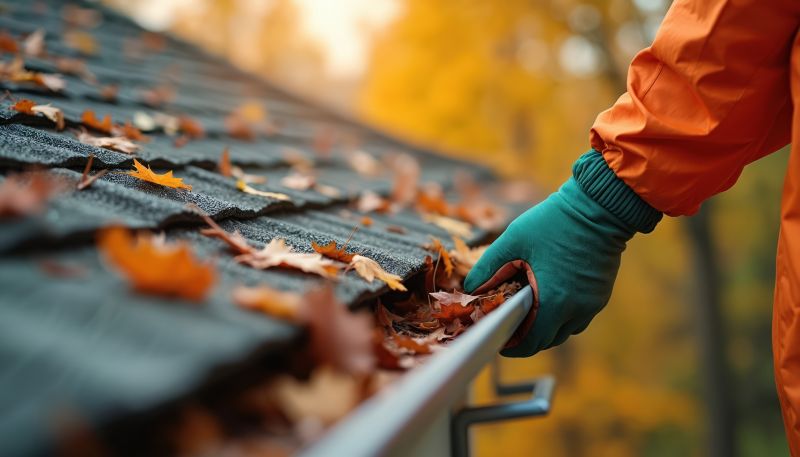
A roof covered with fallen leaves during autumn.
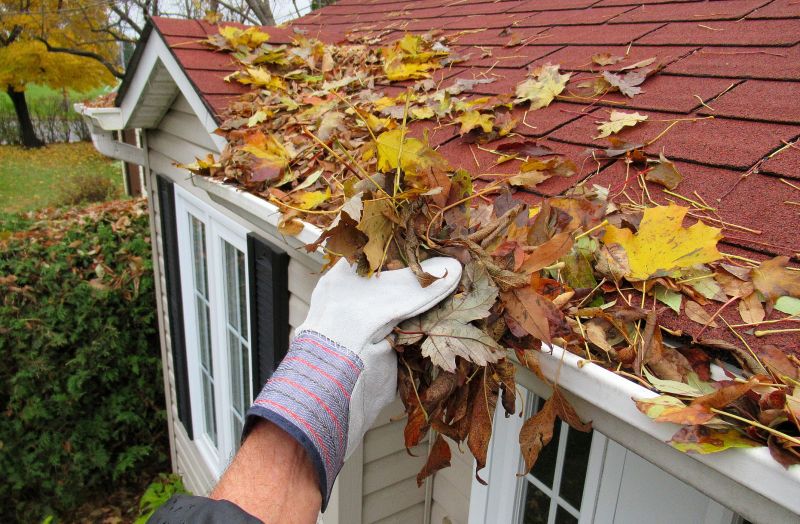
Removing winter debris from a roof in spring.
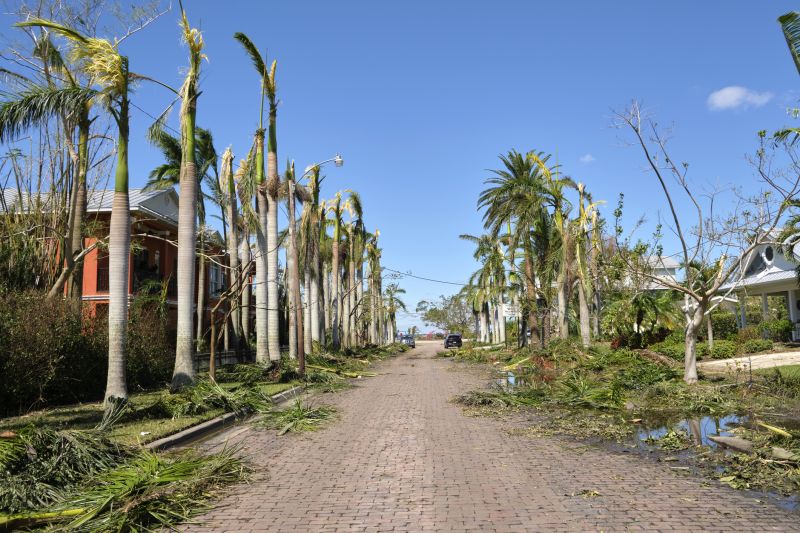
Clearing storm debris from a roof after a storm.
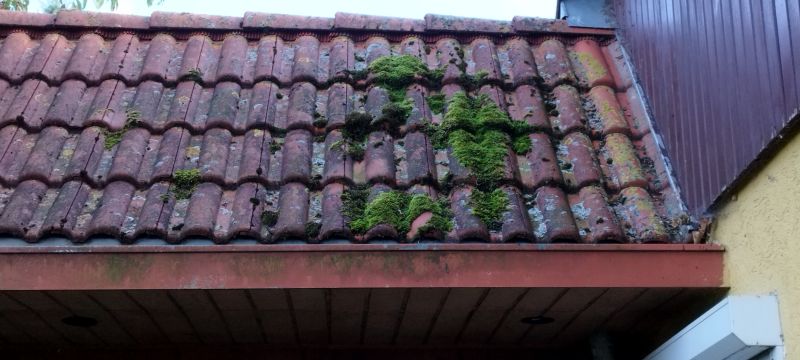
Ways to make Roof Leaf Removal Service work in tight or awkward layouts.
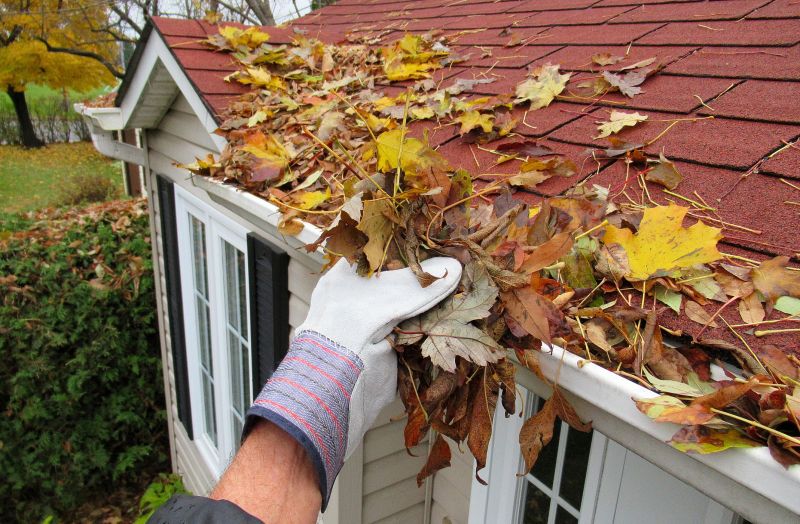
Popular materials for Roof Leaf Removal Service and why they hold up over time.
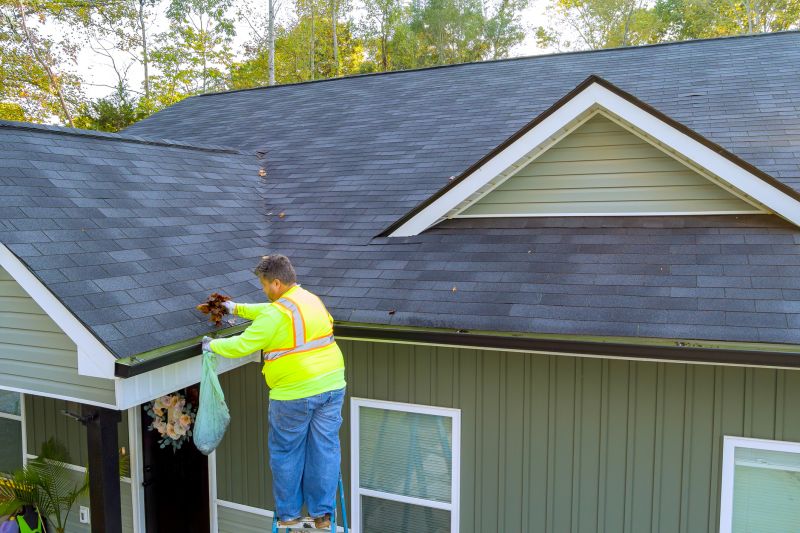
Simple add-ons that improve Roof Leaf Removal Service without blowing the budget.
| Season | Recommended Action |
|---|---|
| Fall | Schedule leaf removal to prevent gutter clogs. |
| Spring | Clear winter debris to prevent mold and damage. |
| Post-Storm | Remove debris promptly after storms. |
| Pre-Winter | Prepare roof and gutters for snow and ice. |
| Year-Round | Perform periodic maintenance for roof health. |
Roof leaf removal services are essential for maintaining the structural integrity and appearance of a roof. Accumulated leaves and debris can trap moisture, leading to mold growth, wood rot, and increased weight on roof structures. Regular removal reduces the risk of ice dams forming during winter, which can cause leaks and damage. Statistics indicate that neglecting leaf removal can lead to costly repairs, with some homeowners experiencing damage repairs costing thousands of dollars due to clogged gutters and roof deterioration.
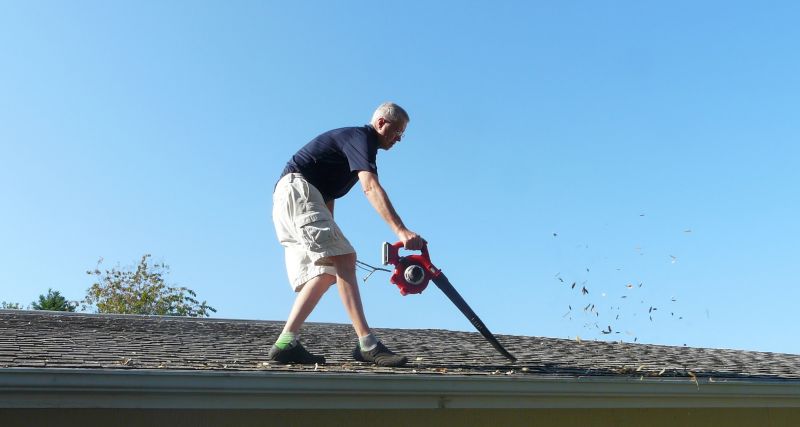
A technician removing leaves from a roof surface.
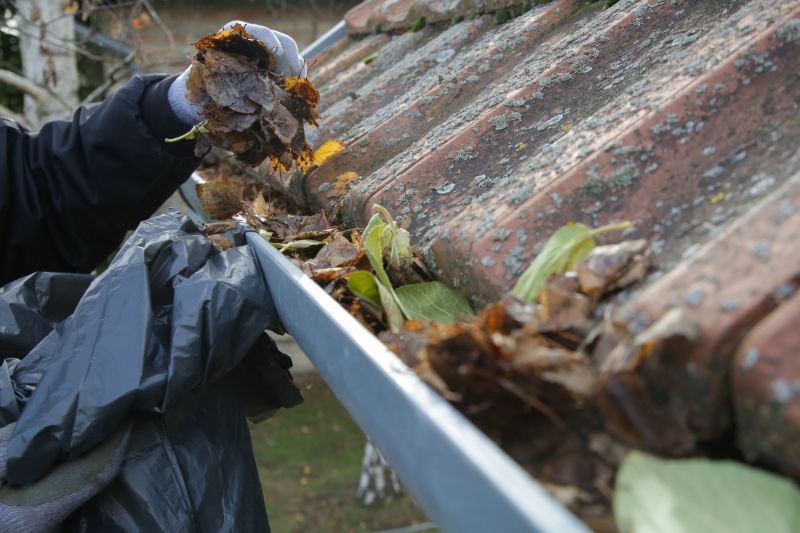
Removing debris from gutters to ensure proper drainage.

A clear roof and gutter system preventing water damage.
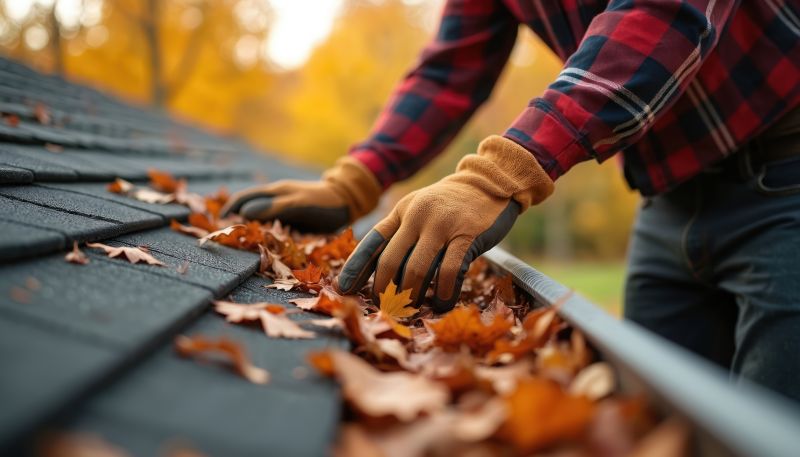
Routine leaf removal scheduled across seasons.
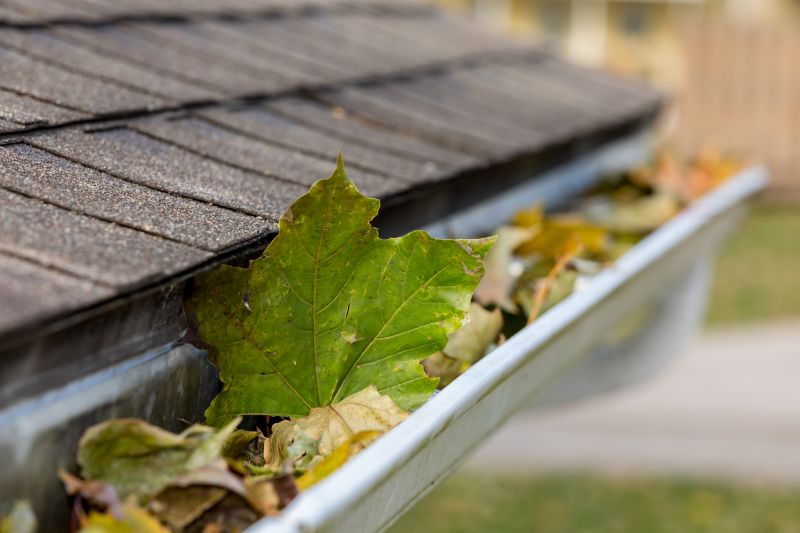
High-end options that actually feel worth it for Roof Leaf Removal Service.

Finishes and colors that play nicely with Roof Leaf Removal Service.
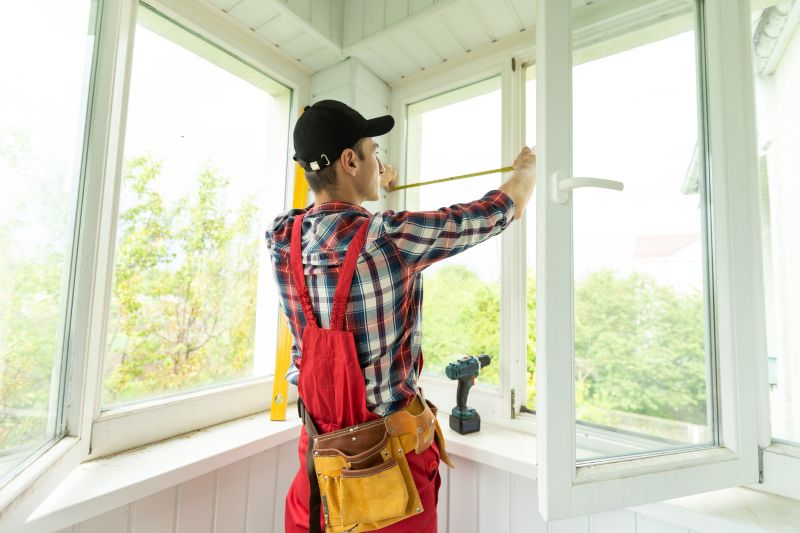
Little measurements that prevent headaches on Roof Leaf Removal Service day.
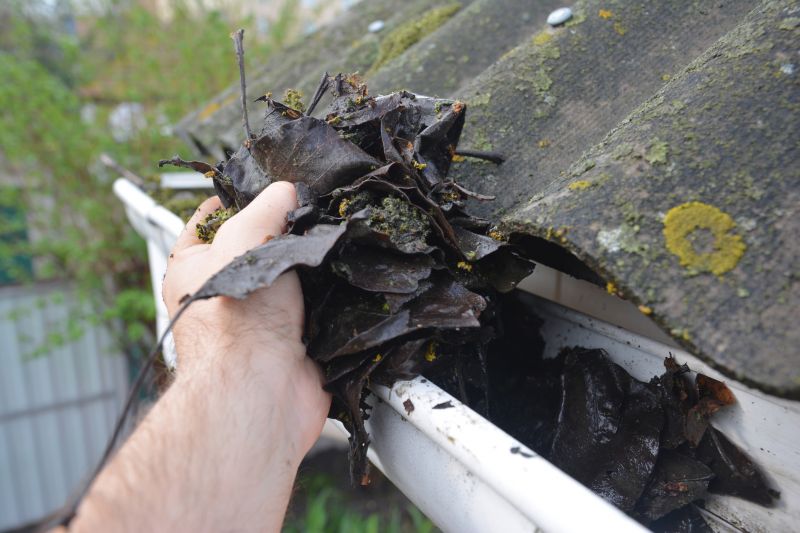
A 60-second routine that keeps Roof Leaf Removal Service looking new.
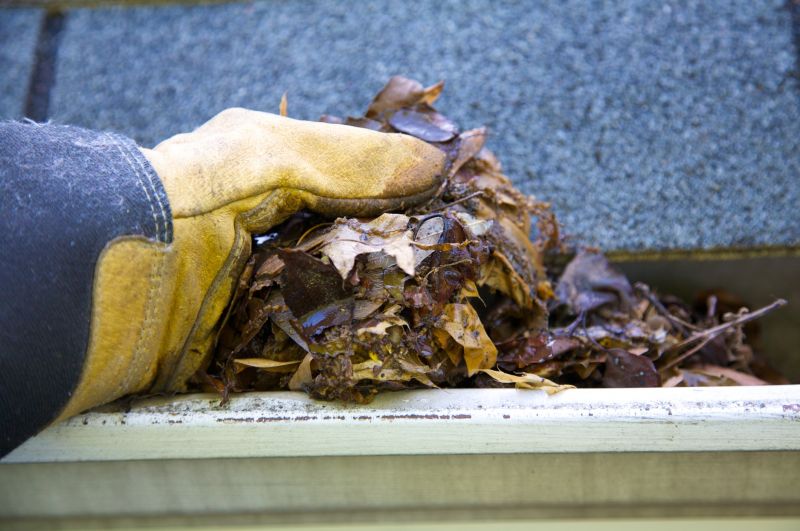
A frequent mistake in Roof Leaf Removal Service and how to dodge it.
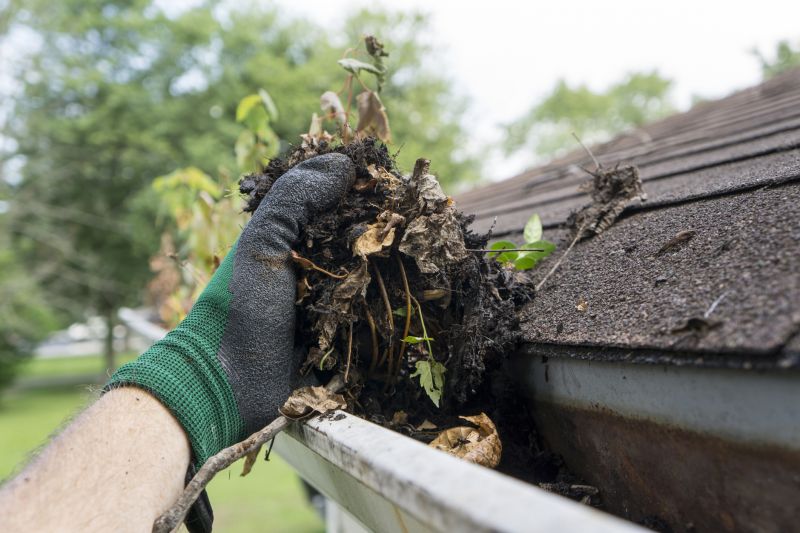
Small tweaks to make Roof Leaf Removal Service safer and easier to use.

Lower-waste or water-saving choices for Roof Leaf Removal Service.
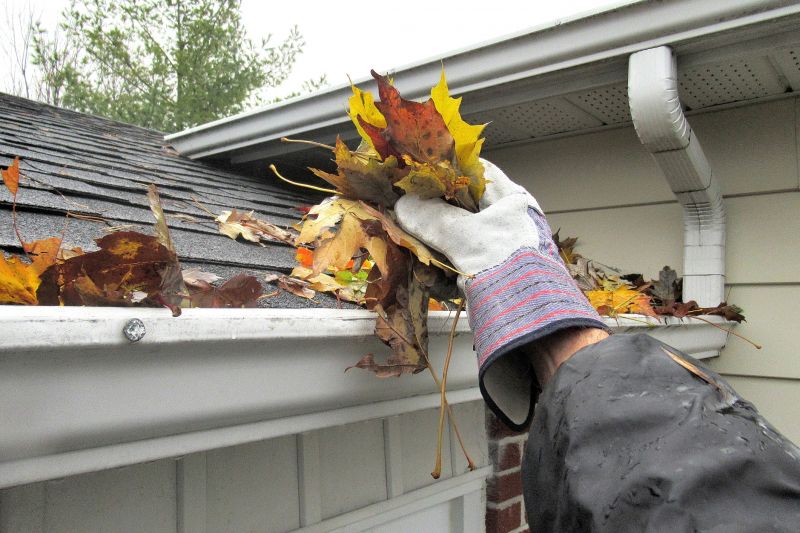
The short, realistic tool list for quality Roof Leaf Removal Service.
Engaging in regular roof leaf removal is a proactive approach to maintaining roof longevity. It helps prevent costly repairs associated with water damage, mold, and structural deterioration. Proper timing and consistent maintenance are key to ensuring that gutters and roofing materials remain in optimal condition, especially during high debris periods like fall and after storms. Homeowners are encouraged to schedule inspections and cleanings at least twice a year or more frequently if in an area prone to heavy leaf fall or storm activity.
Removing leaves helps prevent water pooling and leaks.
Clearing debris minimizes moisture buildup that promotes mold.
Regular maintenance prolongs the lifespan of roofing materials.
Clean gutters ensure effective water runoff.



